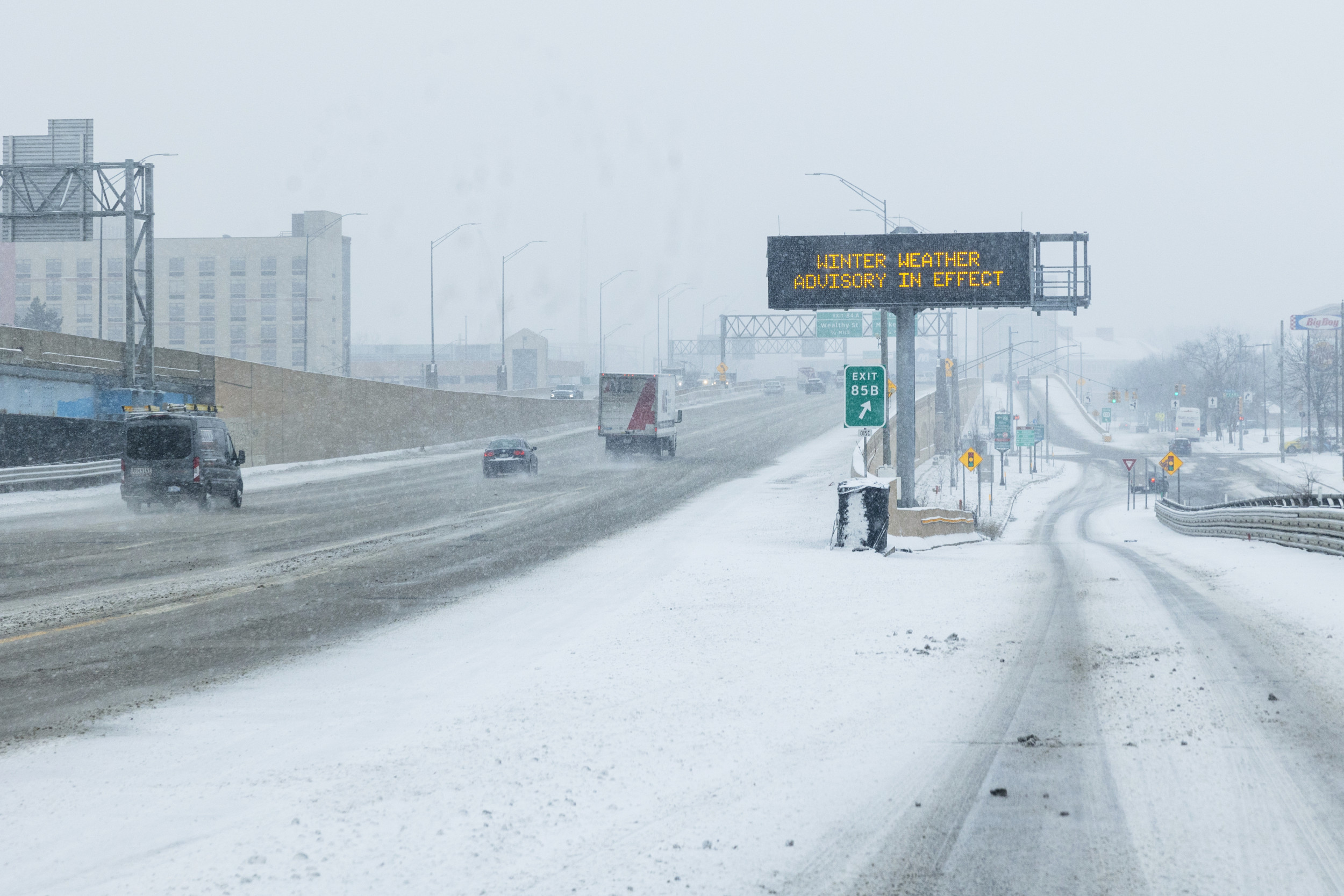As much as 2 feet of snow could fall on Hawaii's summits beginning Thursday and lasting through the first part of the weekend, according to a winter storm warning from the National Weather Service (NWS) office in Honolulu.
Newsweek reached out to the NWS office in Honolulu by phone on Thursday for comment.
Why It Matters
NWS Honolulu issued multiple weather alerts on Thursday, alerting residents and tourists alike of a rare storm that would bring heavy rainfall and strong winds to all Hawaiian Islands. A winter storm warning in place on the Big Island also warns of up to 2 feet of snow falling on Hawaii's summits of Mauna Loa and Mauna Kea.
What To Know
The winter storm warning is in effect from noon local time on Thursday through Saturday morning for Big Island summits. The alert said "heavy snow expected" with total accumulations ranging between 12 and 24 inches. Strong winds as high as 85 mph, the equivalent of a Category 1 hurricane, will cause "considerable blowing and drifting" snow.

At nearly 14,000 feet above sea level, the Mauna Kea volcano is the tallest peak in Hawaii. Mauna Loa is not far behind with a peak at 13,677 feet above sea level.
Mauna Kea is the world's tallest mountain when measured base to peak, as its base extends nearly 20,000 feet below sea level.
It is not uncommon to see snow on the mountain's peaks in the winter months. Mauna Kea is so high that it occasionally experiences snowfall during the summer months as well. Even blizzard warnings have been issued in Hawaii during the winter months. At times, advanced skiers travel to Hawaii to ski the volcanic slopes, although there are no ski resorts in the state.
However, Hawaii's other peaks rarely see snow, given their altitude isn't as high as Mauna Kea and Mauna Loa.
Because of the altitude, there are no official records for snowfall amounts on Mauna Kea's summit. Mauna Kea Observatories, a group of astronomical research facilities, are located there, and they maintain the roads and provide a general estimate.
Since the incoming storm is expected to only bring snow to some summits in the Aloha State, the biggest concern for meteorologists is the heavy rain at lower elevations that could cause flash flooding in some parts of Hawaii.
What People Are Saying
NWS meteorologist Derek Wroe previously told Newsweek: "Once you get down to 9,000 or 10,000 feet, they might see snow once or twice a winter. Below that it's very rare. It's a high-elevation phenomenon here."
NWS Honolulu office in a winter storm warning: "A Winter Storm Warning means significant amounts of snow, sleet and ice are expected or occurring. Strong winds are also possible. This will make travel very hazardous or impossible. Any travel plans to the summits should be postponed until the threat diminishes."
What Happens Next
Impacts from the winter storm are expected to linger across Hawaii until Saturday morning, when the winter storm warning expires.
fairness meter
About the writer
Anna Skinner is a Newsweek senior reporter based in Indianapolis. Her focus is reporting on the climate, environment and weather ... Read more




